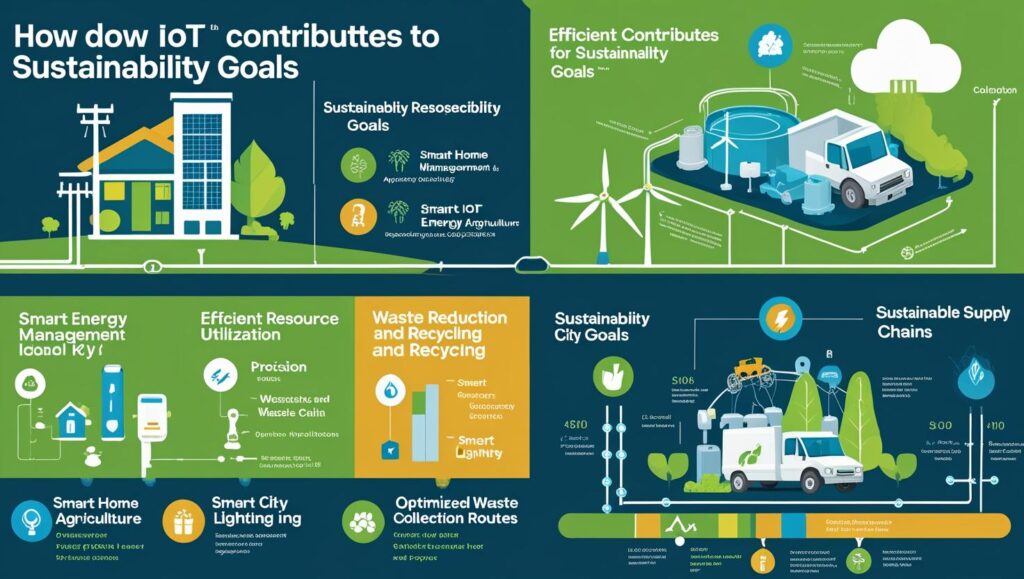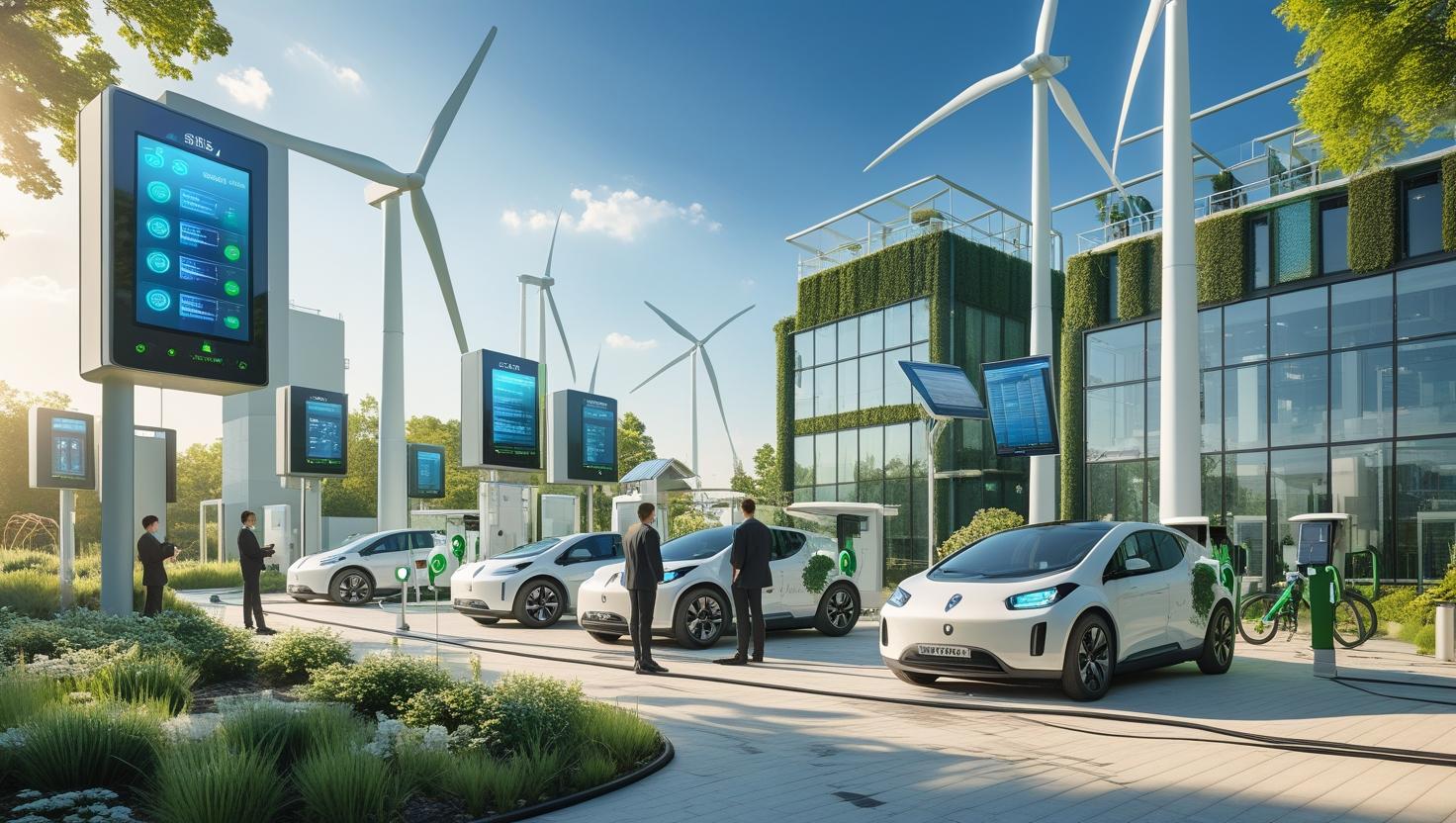What is IoT and Why It Matters for Sustainability?
IoT refers to a network of interconnected devices that collect and exchange data. These smart systems help organizations monitor, analyze, and automate processes. In sustainability efforts, IoT provides real-time insights that lead to reduced waste, lower emissions, and better resource management.
Key Ways IoT Contributes to Sustainability
1. Smart Energy Management
IoT enables dynamic control of energy usage in homes, factories, and cities. Smart meters and connected devices monitor consumption patterns and optimize usage, cutting energy waste and emissions.
2. Efficient Resource Utilization

From water sensors in agriculture to smart lighting in cities, IoT helps reduce the overuse of precious resources. It ensures that energy, water, and raw materials are used precisely and only when needed.
3. Waste Reduction and Recycling
IoT sensors can detect when bins are full, monitor waste levels, and optimize collection routes. This reduces fuel usage and ensures proper recycling practices.
4. Sustainable Supply Chains
IoT enables real-time tracking of goods, helping companies reduce transportation emissions and streamline inventory. It also improves transparency in sourcing and manufacturing.
5. Air and Water Quality Monitoring
Environmental sensors measure air pollutants and water contamination in real time. This data supports faster responses to environmental risks and policy enforcement.
Real-World Applications
- Smart Buildings: Automated systems reduce energy use by adjusting lighting and HVAC based on occupancy.
- Agriculture: Soil and weather sensors help farmers optimize irrigation and fertilizer use.
- Urban Planning: Smart infrastructure improves traffic flow and reduces CO₂ emissions.
Challenges to Consider
Implementing IoT at scale requires upfront investment, secure data infrastructure, and integration with existing systems. However, the long-term benefits in cost savings and sustainability far outweigh the challenges.
Conclusion
IoT is more than just a technological trend—it's a powerful tool for building a sustainable future. By leveraging connected devices and real-time data, businesses and governments can make smarter choices that align with global sustainability goals.
Powered by Webyug Infonet LLP
At Webyug Infonet LLP, we help businesses unlock the potential of IoT to achieve energy efficiency, optimize operations, and drive sustainable growth. Partner with us to create smart solutions for a better tomorrow.
Visit us at Webyug InfonetLLP to learn more.

